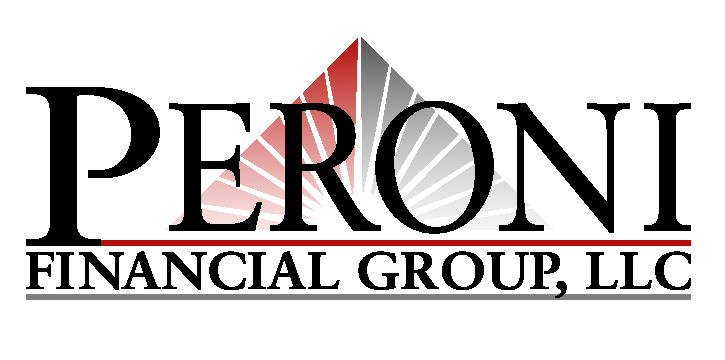The equity market advanced modestly this week, buoyed by a combination of positive inflation data, resilient earnings, and continued rotation into smaller-cap and cyclical names.
The S&P 500 rose 0.9%, the Nasdaq Composite gained 0.8%, and the DJIA outperformed with a 1.7% advance. Mid- and small-cap stocks led the way, with the S&P Mid Cap 400 climbing 1.6% and the Russell 2000 surging 3.1%, signaling renewed risk-on sentiment following the July CPI report.The S&P 500 rose 0.9%, the Nasdaq Composite gained 0.8%, and the DJIA outperformed with a 1.7% advance. Mid- and small-cap stocks led the way, with the S&P Mid Cap 400 climbing 1.6% and the Russell 2000 surging 3.1%, signaling renewed risk-on sentiment following the July CPI report.
The major averages also reached fresh record highs this week. The S&P 500 set both intraday and closing record intraday and closing highs at 6,481.34 and 6,468.54, respectively. The Nasdaq Composite similarly reached intraday and closing record highs of 21,803.75 and 21,713.14, respectively, while the DJIA briefly notched an all-time intraday high of 45,203.52. These milestones were achieved amid optimism around a potentially friendlier interest rate environment and solid earnings momentum.
The CPI data, largely in line with expectations, provided the initial spark for this week’s rally. Total CPI increased 0.2% month-over-month (Briefing.com consensus 0.2%), while core CPI, which excludes food and energy, rose 0.3% month-over-month (Briefing.com consensus 0.3%). These readings kept year-over-year headline inflation at 2.7% and core inflation at 3.1%, giving markets confidence in the likelihood of a 25-basis-point rate cut at the September FOMC meeting and fueling a rotation toward sectors and stocks poised to benefit from a friendlier interest rate environment. T he rotation was particularly evident in the small-cap Russell 2000 and homebuilder stocks, with the iShares U.S. Home Construction ETF posting a substantial 5.6% gain for the week. Consumer discretionary also saw notable momentum, up 2.5% WTD, reflecting optimism around lower borrowing costs and ongoing consumer demand. Health care continued to outperform, advancing 4.6% WTD, led by UnitedHealth and Eli Lilly, while communication services (+2.1%) and materials (+1.8%) also contributed positively. Mega-cap technology and semiconductors saw more muted gains.
The information technology sector was essentially flat (-0.1%), while the PHLX Semiconductor Index rose a modest 1.3%, as chipmakers balanced stronger AI-related demand with cautious outlooks for overseas markets. Energy (+0.5%), real estate (+0.2%), and financials (+1.2%) added incremental support, while defensive sectors like consumer staples (-0.8%) and utilities (-0.8%) lagged.
Midweek, the release of the July PPI report tempered some of the enthusiasm from the CPI-driven rally. The PPI for final demand jumped 0.9% month-over-month (Briefing.com consensus 0.2%), with the PPI less food and energy also rising 0.9% month-over-month, compared to an unchanged reading in June. These readings pushed year-over-year PPI growth to 3.3% (headline) and 3.7% (less food and energy), suggesting wholesale inflation pressures remain elevated. In response, markets modestly reduced expectations for the magnitude of the upcoming rate cut, with the CME FedWatch Tool showing the probability of a 25-basis-point cut at the September FOMC meeting declining slightly to 84.9% by Friday, down from 99.9% earlier in the week.
Fed speakers this week provided mixed signals, contributing to the nuanced market reaction: Treasury Secretary Scott Bessent advocated for a 50-basis-point rate cut. Chicago Fed President Austan Goolsbee (FOMC voting member) cautioned against overreacting to a single month of data, emphasizing the need to discern which price increases are transitory. St. Louis Fed President Musalem (FOMC voting member) and San Francisco Fed President Daly (nonvoting member) noted that the PPI readings did not necessarily warrant a larger 50-basis-point cut, indicating a more measured approach would be considered at the September meeting. U.S. Treasuries fluctuated modestly in response to the interplay of CPI and PPI data, with rate cut expectations still elevated but slightly moderated. Yields on the 2-year note were essentially unchanged for the week at 3.76%, while the 10-year note ended the week slightly higher at 4.33%.
Overall, this week showcased a market balancing optimism around potential rate cuts with caution over inflationary pressures and sector rotation. Small and mid-cap stocks, along with homebuilders and health care, led the advance, while mega-cap technology lagged slightly, emphasizing a broader, risk-on environment that extended beyond the narrow mega cap leadership seen in prior weeks.
• Russell 2000 + 3.1% for the week/ +2.5% YTD
• DJIA +1.7% for the week/ +5.7% YTD • S&P Mid Cap 400 + 1.6% for the week/ + 1.7% YTD
• S&P 500 + 0.9% for the week/ +9.7% YTD
• Nasdaq Composite + 0.8% for the week/ +12.0%

